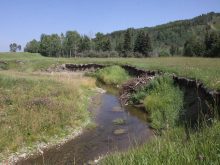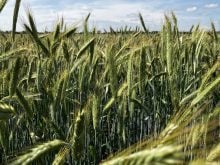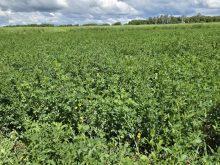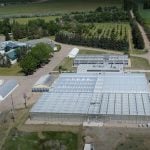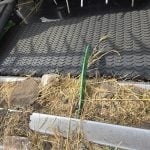SHAUNAVON, Sask. – The snowplows aren’t usually busy in southwestern Saskatchewan at the end of March, but three times the normal snow this winter has kept them out on the roads.
“It’s been a catastrophe,” said Don Lundberg, reeve of the rural municipality of Arlington.
That was before a late blast of snow hit the region April 2, dumping as much as 30 centimetres south of Maple Creek.
Two plows, a snow blower and several custom operators have been working every day this winter and early spring to clear roads in this RM west of Shaunavon.
Read Also
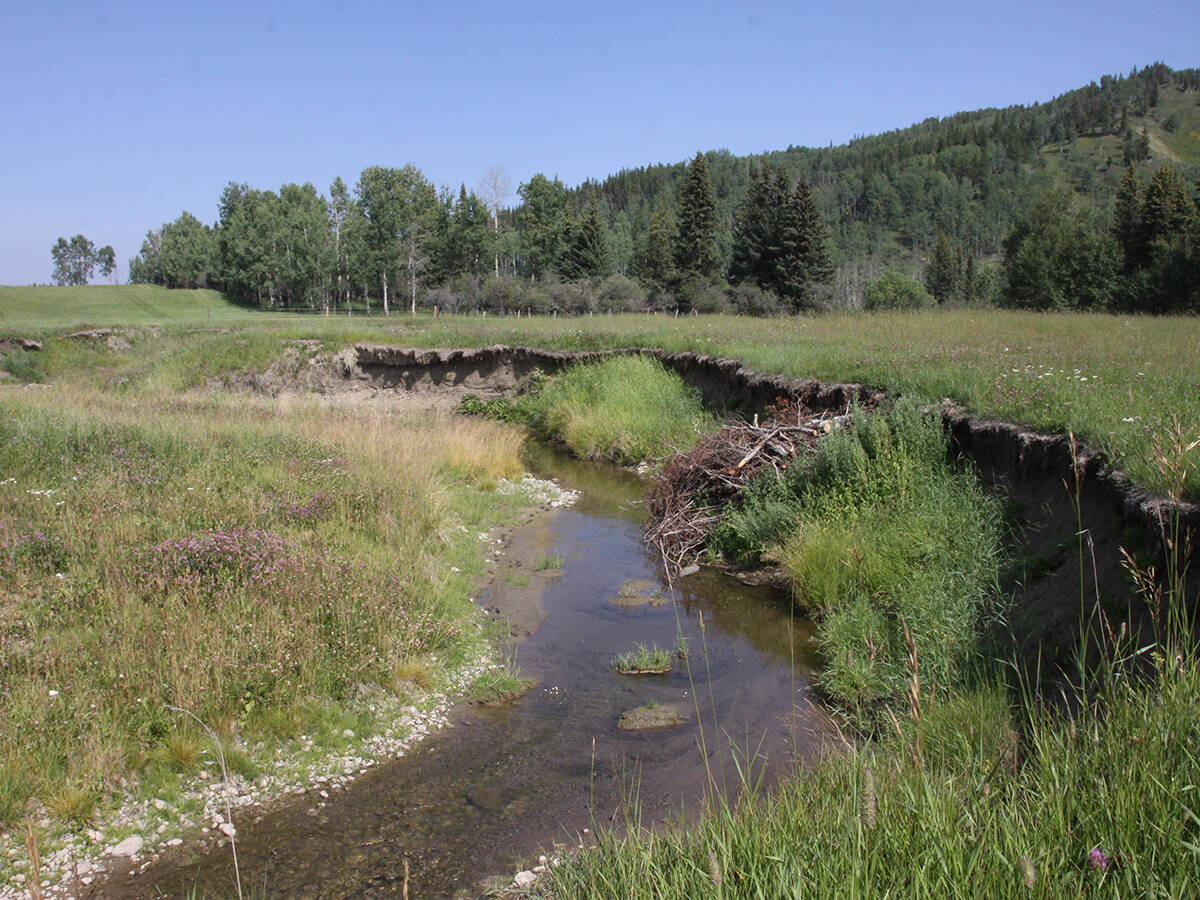
Alberta eases water access for riparian restoration
Alberta government removes requirement for temporary diversion licence to water plants up to 100 cubic metres per day for smaller riparian restoration projects
Earlier in the winter, the RM even had to use cats to clear four or five miles. That was a first.
It’s also costly. Lundberg estimated the bill for one month’s custom work at $70,000.
Arlington isn’t alone. Municipalities throughout the area face unusual snow conditions this year. Ditches along all roadways are full and there is no place left to pile snow.
Plows and blowers are still out cutting into the piles closest to roads to prevent more trouble.
“Some years if you drove through Frontier and Reno they’d be seeding within about two weeks from now,” Lundberg said March 30.
The heavy snow comes on top of record rain last year. At Lundberg’s ranch, which is between Shaunavon and Eastend, he recorded 710 millimetres of rain in 2010.
“There was crop flooded out,” he said.
But while last year’s problem was constant rain, this year’s problem is the snow pack. The spring of 2010 was dry before the rain began, and that had followed three years of what Lundberg described as bone dry.
The spring of 2011 is late, features more snow than usual and has farmers and ranchers wondering what will happen once the real melt begins.
Down Highway 13 at Eastend, mayor Scott Morvik is wondering the same thing.
“I have a flood issue every year,” he said. “When you live in a river valley on a flood plain, it’s always an issue.”
Concern rises every day the melt is delayed.
The big flood of 1952 is just local lore for young folks but the floodwall erected a few years later to prevent the Frenchman River from flooding the community again was never completed.
Morvik said the provincial government has approved completion of the project under the $22 million flood damage reduction program it announced earlier this year. The province will pay 75 percent of the cost.
“Conditions may be such that it will be impossible to do” before this spring’s melt, he said, but it will be finally done.
“The problem in 1952 was four feet of snow and 80 degrees on the first day of the melt,” he explained. “The entire valley was under water.”
That’s not likely to happen again but Morvik said people are panicking.
“If I declare a state of emergency, the water’s going to be high,” he said.
Saskatchewan Watershed Authority is expected to issue an updated provincial streamflow forecast within days, but the March forecast predicted above to well-above normal spring runoff for this area.
At Gull Lake, snow has not been as big a problem and much of it had disappeared by the end of March.
At Maple Creek, where flooding devastated portions of the town last year and washed out the Trans-Canada Highway, construction is proceeding on dikes.





